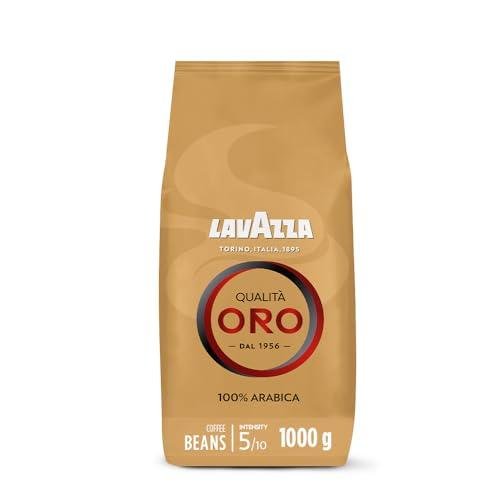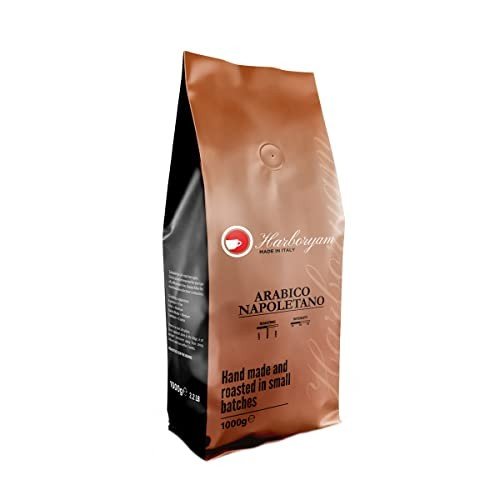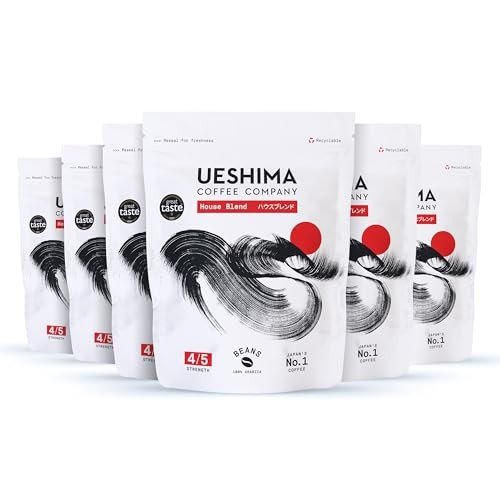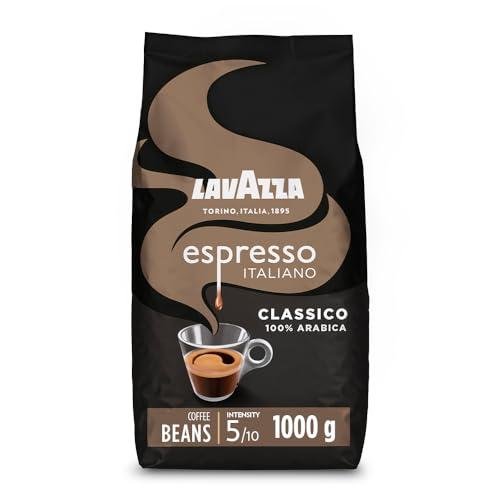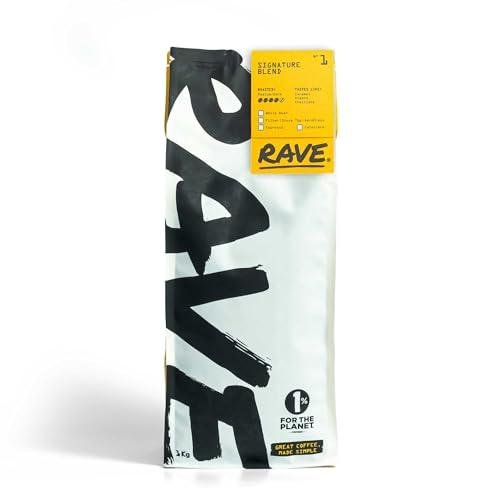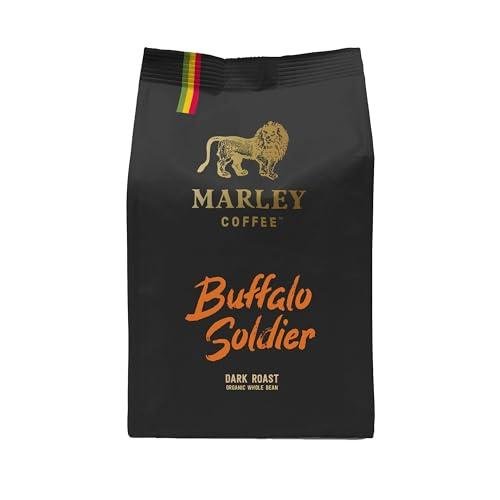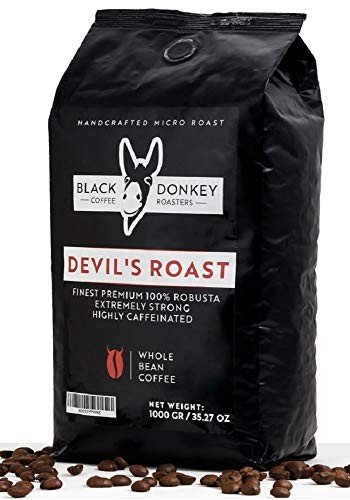Coffee beans are the heart and soul of your morning brew. Whether you love a mellow medium roast or crave the bold kick of a dark roast, there’s something here for everyone. Dive into our selection and find the perfect beans to fuel your day!
Coffee Beans
Discover the rich flavors and aromas of our premium coffee beans for your perfect brew
Product List
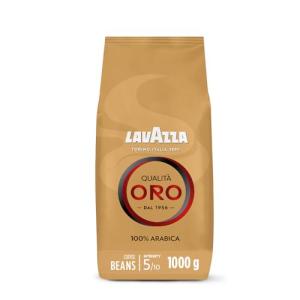
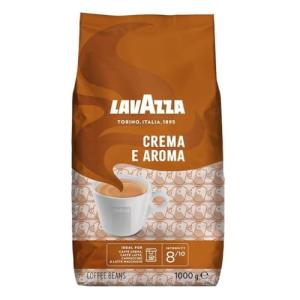
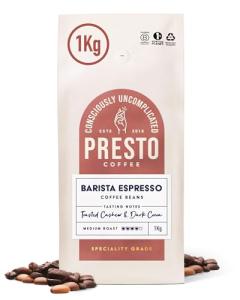
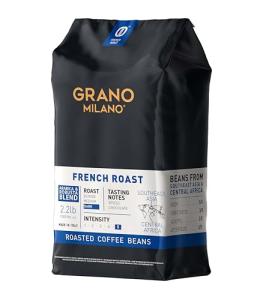


Buffalo Soldier Dark Espresso 227g
Marley Coffee
Product Review Score
4.55 out of 5 stars
134 reviews$13.36 $12.02
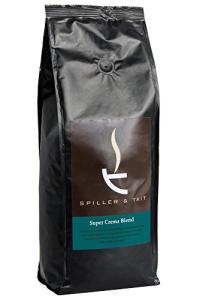
Spiller & Tait Super Crema Beans
Spiller & Tait
Product Review Score
4.68 out of 5 stars
40 reviews$30.74 $23.56
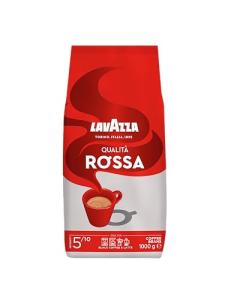
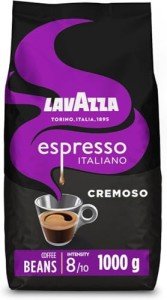
Lavazza Espresso Cremoso Beans
Lavazza
Product Review Score
4.91 out of 5 stars
77 reviews$31.43 $25.38
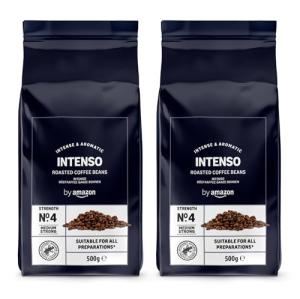

Der-Franz Creamy Whole Beans
Der-Franz
Product Review Score
4.25 out of 5 stars
199 reviews$29.55 $18.72
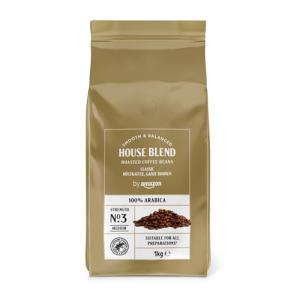
Coffee is more than just a morning pick-me-up; it’s a cultural staple enjoyed worldwide. At the heart of every cup lies the coffee bean, a small seed that comes from the coffee plant. Understanding the various types of coffee beans, their origins, and how they contribute to different flavors and brewing methods will enhance your coffee experience. In this blog post, we’ll delve into the fascinating world of coffee beans, their classifications, and practical advice for choosing and brewing the perfect cup.
Types of Coffee Beans
Coffee beans are primarily classified into two main species: Arabica and Robusta. Each has its unique flavor profile, growing conditions, and characteristics.
| Type | Arabica | Robusta |
|---|---|---|
| Flavor | Smooth, sweet, nuanced | Strong, bitter, earthy |
| Acidity | Higher acidity | Lower acidity |
| Caffeine | Lower caffeine content | Higher caffeine content |
| Shape | Oval-shaped | Round, more elongated |
| Growing Altitude | 600-2,200 meters above sea level | 0-600 meters |
| Price | Generally more expensive | Generally cheaper |
| Global Share | 60-70% of the world market | 30-40% of the world market |
| Common Regions | Latin America, Ethiopia, Colombia | Africa, Southeast Asia, Brazil |
Arabica Beans
Arabica beans account for about 60-70% of global coffee production and are often considered superior in taste. They thrive in higher altitudes, where the cooler temperatures contribute to their rich flavor profile. Arabica beans generally have a complex flavor with notes ranging from berry-like sweetness to floral undertones. Brazilian, Colombian, and Ethiopian coffees are famous for their high-quality Arabica beans.
Robusta Beans
Robusta beans are known for their bold flavor and higher caffeine content, making them a favorite in espresso blends. They grow in lower altitudes and are more resilient to pests and diseases, which contributes to their lower cost. While their flavor can be deemed less refined compared to Arabica beans, they have a harsher taste with earthy and nutty undertones. Countries like Vietnam and Brazil are leading producers of Robusta.
The Influence of Geography
The origin of coffee beans significantly influences their flavor. Here’s a breakdown of some prominent coffee-growing regions and their unique characteristics:
| Region | Flavor Profile | Notable Varietals |
|---|---|---|
| Latin America | Bright acidity, chocolate, caramel notes | Colombian, Guatemalan, Costa Rican |
| Africa | Fruity and floral notes | Ethiopian Yirgacheffe, Kenyans |
| Asia | Spicy, earthy, full-bodied | Sumatran, Indian Monsooned |
| Caribbean | Smooth, mild, light-bodied | Jamaican Blue Mountain |
Latin America
In Latin America, regions such as Colombia and Guatemala produce coffee with bright acidity and sweet notes. Colombian coffee, renowned for its show-stopping balance and floral aroma, has won the hearts of many coffee aficionados worldwide.
Africa
African coffees, particularly Ethiopian varieties, are famous for their complex fruity and floral profiles. Ethiopian Yirgacheffe coffee is celebrated for its delicate flavors of jasmine, lemon, and berry, making it a favorite among specialty coffee drinkers.
Asia
Asian coffees, particularly those from Indonesia and India, tend to be full-bodied and earthy, often with spicy undertones. Sumatran coffee, known for its low acidity and rich, robust flavors, is a staple in many gourmet blends.
Selecting Coffee Beans
When selecting coffee beans, consider the following factors:
- Type of Bean: Choose between Arabica and Robusta based on your taste preference.
- Roast Level: Light roasts maintain the bean's original flavor characteristics, while medium roasts offer a balance between acidity and sweetness. Dark roasts often exhibit deep, bold flavors.
- Freshness: Always opt for freshly roasted beans. Buy in small quantities to ensure you're using them while they're still flavorful.
- Certifications: Look for certifications like Fair Trade, Organic, or Rainforest Alliance, which assure ethical sourcing and quality.
Roast Levels Explained
| Roast Level | Characteristics | Flavor Notes |
|---|---|---|
| Light Roast | Light brown, no oil | Bright, fruity, floral |
| Medium Roast | Medium brown, some oil | Sweet, balanced, mild acidity |
| Dark Roast | Dark brown, oily | Rich, bittersweet, smoky |
Brewing Coffee Beans: A Quick Guide
Brewing methods vary widely, each yielding a distinct flavor. Here are some common methods:
- Drip Brew: This classic method is great for brewing multiple cups at once. Use a medium grind.
- French Press: Coarse grind coffee steeps in hot water for a rich flavor. This method emphasizes the full-bodied quality of coffee.
- Pour Over: This method allows for precise control over brewing time and temperature, enhancing clarity and brightness in flavor.
- Espresso: This method uses finely ground coffee and high pressure to produce concentrated shots. Ideal for making lattes or cappuccinos.
- Cold Brew: Coarse ground coffee is steeped in cold water for an extended period, resulting in a smooth, low-acidity brew.
Frequently Asked Questions (FAQs)
1. What is the best way to store coffee beans?
- Coffee beans should be stored in an airtight container, in a cool, dark place to preserve freshness. Avoid exposure to moisture, light, heat, and air.
2. How long do coffee beans last?
- Whole coffee beans stay fresh for about 2-4 weeks after roasting. Ground coffee loses its flavor much more quickly, typically within a week.
3. Why is coffee from different regions so different?
- Coffee's flavor is influenced by factors such as soil type, climate, altitude, and method of processing, which vary from region to region.
4. What grind size should I use?
- The grind size depends on the brewing method. Use a coarse grind for French press, medium for drip brewing, and fine for espresso.
5. How much coffee should I use when brewing?
- A general rule of thumb is to use about 1 to 2 tablespoons of coffee per 6 ounces of water, but this can be adjusted based on personal taste preferences.
Understanding coffee beans opens up a world of exploration within your daily cup of coffee. From the types of beans and their geographic origins to brewing methods and flavor profiles, each aspect contributes to that delightful experience in your mug. The next time you sip your favorite brew, take a moment to appreciate the journey the coffee beans have taken to reach you—an extensive journey that reflects a rich tapestry of cultures, climates, and care.
